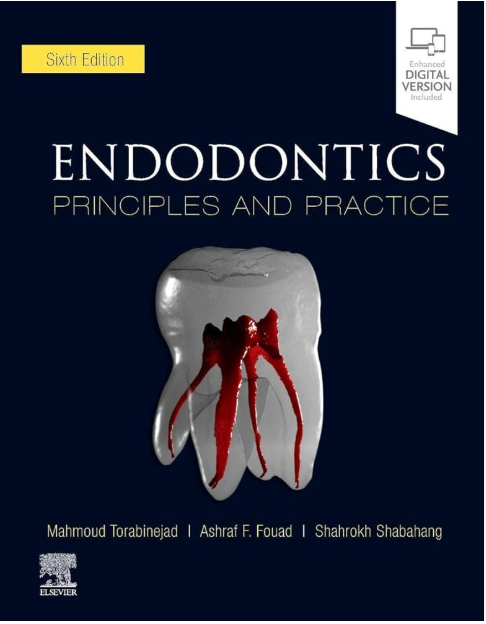Root canal therapy is one of the most common dental procedures performed to save teeth that are damaged or infected. Endodontics, the branch of dentistry focused on the treatment of the inner structures of the tooth, plays a critical role in maintaining dental health. In this article, we will explore root canal therapy techniques, their importance, and the steps involved in this essential dental treatment.
What is Root Canal Therapy?
Root canal therapy, also known as endodontic therapy, is a procedure used to treat infection or damage to the pulp of a tooth. The pulp contains nerves, blood vessels, and connective tissue, and when infected or damaged, it can cause severe pain and lead to the loss of the tooth. The goal of root canal therapy is to remove the infected pulp, clean and shape the root canal, and then fill and seal it to prevent further infection.
Why is Root Canal Therapy Needed?
Root canal therapy is necessary when a tooth’s pulp becomes infected or inflamed due to deep decay, trauma, or cracks in the tooth. Symptoms of infection may include severe tooth pain, sensitivity to hot or cold, swelling, and tenderness in the surrounding gums. If left untreated, an infection can spread, potentially leading to abscesses or the loss of the tooth.

Techniques Used in Root Canal Therapy
Modern endodontics has advanced significantly, and several techniques are employed to ensure a successful root canal treatment. Below are the most common techniques used in root canal therapy:
1. Non-Surgical Root Canal Therapy
This is the most common and least invasive method of performing a root canal. It involves accessing the pulp through the crown of the tooth, removing the infected pulp, and then thoroughly cleaning the root canals. Once the canals are cleaned and shaped, they are filled with a biocompatible material called gutta-percha to seal the canals.
View more on Google
2. Microsurgical Root Canal Therapy
Microsurgical techniques involve the use of advanced microscopic equipment to enhance the precision of the procedure. A dental microscope is used to better visualize the intricate structures inside the tooth, allowing for more accurate cleaning and sealing of the root canals. This technique is often used in cases where the infection has spread beyond the root canal or where traditional methods are not effective.
3. Rotary Endodontics
In rotary endodontics, specialized motorized instruments are used to clean and shape the root canal more efficiently and accurately than with traditional manual instruments. These rotary files are made of durable materials such as nickel-titanium and help remove debris, ensuring a smoother and more precise canal shape.
4. Laser-Assisted Root Canal Therapy
Laser technology is used in some modern root canal procedures to help remove infected tissue, disinfect the canals, and promote healing. The laser can reach areas that may be difficult to access with traditional instruments, ensuring better results and faster recovery for patients.

The Step-by-Step Process of Root Canal Therapy
The procedure for root canal therapy typically involves several steps:
-
Diagnosis and X-rays: The dentist or endodontist will take X-rays to assess the condition of the tooth and surrounding structures.
-
Anesthesia: Local anesthesia is administered to numb the area, ensuring the patient remains comfortable throughout the procedure.
-
Accessing the Root Canal: A small opening is made in the crown of the tooth to access the infected pulp.
-
Cleaning and Shaping the Canal: The dentist removes the infected pulp and cleans the root canals, often using rotary instruments or lasers for precision.
-
Filling and Sealing: Once the canal is cleaned and shaped, it is filled with gutta-percha and sealed to prevent future infection.
-
Restoration: After the root canal is completed, the tooth may require a crown or filling to restore its strength and functionality.
Benefits of Root Canal Therapy
Root canal therapy has numerous benefits, including:
- Pain Relief: The procedure alleviates the pain caused by an infected or inflamed tooth pulp.
- Preservation of the Tooth: Root canal therapy allows for the preservation of the natural tooth, avoiding extraction.
- Improved Oral Health: By removing infection, root canal therapy helps improve overall oral health and prevents the spread of bacteria to other teeth.
- Long-Term Durability: With proper care, a tooth treated with root canal therapy can last for many years, providing a long-lasting solution.
Conclusion
Endodontics and root canal therapy are crucial in preserving natural teeth and maintaining oral health. With advances in technology and techniques, root canal therapy is now more effective, comfortable, and efficient than ever before. If you are experiencing symptoms of tooth infection or damage, it’s important to seek the care of an experienced endodontist who can help determine if root canal therapy is the right solution for you.
Remember, early intervention is key to preventing the need for more invasive treatments or tooth extraction. Regular dental check-ups and good oral hygiene practices can also help protect your teeth from the need for root canal therapy in the future.
Learn more about dental books

